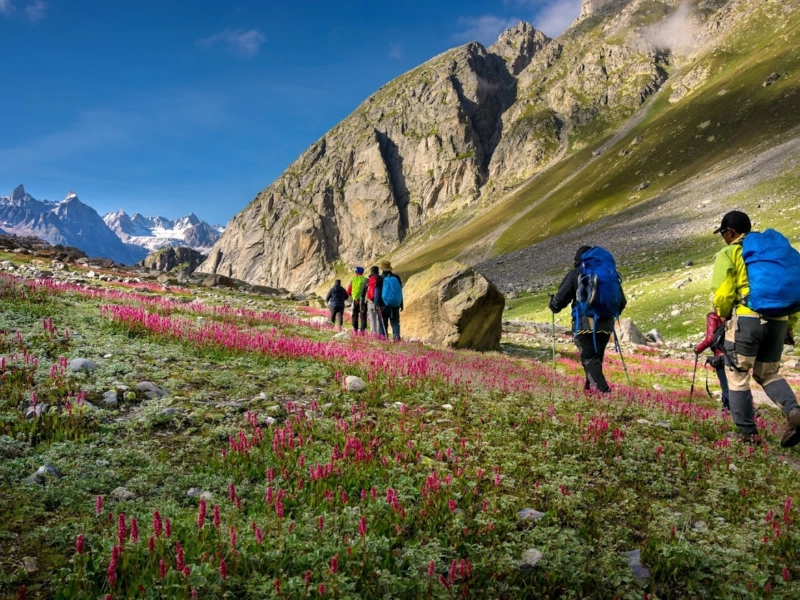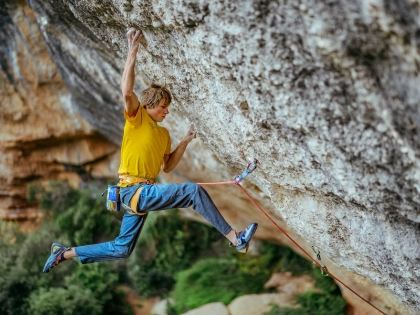Is Hiking Not Exercise?
Hiking is exercise, so keep that in mind whether you're going for a casual stroll around your neighborhood or an all-day hike. It is actually among the top low-to-moderate cardiovascular workouts. Hiking works muscles that are frequently ignored and requires you to move in a variety of ways. Additionally, it enhances equilibrium.
It's a Gentle Exercise

It's Beneficial to Your Joints
 In addition to strengthening your bones and muscles, hiking helps you shed pounds. To prevent overuse injuries, it's crucial to start out slowly if you've never hiked before and to stay hydrated both before and throughout your hike. See a physiotherapist before beginning any hike if you have any ailments or injuries that could cause problems.
Hiking regularly can help you prevent imbalances in other sports, such as jogging or bicycling, and climbing inclines can help you gain muscle strength. For instance, runners may experience hip tightness, yet cyclists frequently have strong quads and weak hamstrings.
Joint pain might result from a sedentary lifestyle, however hiking on a regular basis has been demonstrated to improve bone density and slow the rate at which calcium is lost from the bones. Another excellent kind of exercise for those with arthritis is hiking. But before you begin regular exercise, it's best to get checked out by a physiotherapist if you have arthritis.
In addition to strengthening your bones and muscles, hiking helps you shed pounds. To prevent overuse injuries, it's crucial to start out slowly if you've never hiked before and to stay hydrated both before and throughout your hike. See a physiotherapist before beginning any hike if you have any ailments or injuries that could cause problems.
Hiking regularly can help you prevent imbalances in other sports, such as jogging or bicycling, and climbing inclines can help you gain muscle strength. For instance, runners may experience hip tightness, yet cyclists frequently have strong quads and weak hamstrings.
Joint pain might result from a sedentary lifestyle, however hiking on a regular basis has been demonstrated to improve bone density and slow the rate at which calcium is lost from the bones. Another excellent kind of exercise for those with arthritis is hiking. But before you begin regular exercise, it's best to get checked out by a physiotherapist if you have arthritis.
It's Beneficial to Your Brain
 Hiking is an excellent way to cross-train for different kinds of physical exercise because it uses all of the muscles in your body. It also strengthens your endurance and balance. Additionally, it strengthens your bones because it is a weight-bearing activity.
The author of "Successful Aging," Daniel Levitin, claims that hiking activates the area of your brain that aids in environment awareness. In particular, it activates the basal ganglia, which support learning and contextual adaptation.
Hiking also has the effect of calming the amygdala, the part of the brain responsible for tension and anxiety. Hiking in the outdoors causes your body to naturally release endorphins, which help to relax your amygdala and facilitate processing of emotionally taxing events and thought processes.
Hiking is an excellent way to cross-train for different kinds of physical exercise because it uses all of the muscles in your body. It also strengthens your endurance and balance. Additionally, it strengthens your bones because it is a weight-bearing activity.
The author of "Successful Aging," Daniel Levitin, claims that hiking activates the area of your brain that aids in environment awareness. In particular, it activates the basal ganglia, which support learning and contextual adaptation.
Hiking also has the effect of calming the amygdala, the part of the brain responsible for tension and anxiety. Hiking in the outdoors causes your body to naturally release endorphins, which help to relax your amygdala and facilitate processing of emotionally taxing events and thought processes.
It's Beneficial to Your Heart
 Hiking is a fantastic cardiovascular exercise that strengthens your heart without overtaxing your joints. Additionally, it burns calories, which aids in maintaining a healthy weight.
Additionally, hiking works a range of muscles that aren't worked out as much when biking or walking on a treadmill. A trail's uneven surface works your core, stabilizing and strengthening your torso's muscles. Additionally, the additional weight of a backpack will strain your arms, back, and shoulders.
Hiking improves mood and cognitive function, which is beneficial to the mind and soul. Time spent in nature has been shown to reduce rumination and boost feelings of peace, joy, and pleasure. By lessening mental tiredness, it can even increase creativity. Hiking with loved ones or friends is also a great method for people to bond.
Hiking is a fantastic cardiovascular exercise that strengthens your heart without overtaxing your joints. Additionally, it burns calories, which aids in maintaining a healthy weight.
Additionally, hiking works a range of muscles that aren't worked out as much when biking or walking on a treadmill. A trail's uneven surface works your core, stabilizing and strengthening your torso's muscles. Additionally, the additional weight of a backpack will strain your arms, back, and shoulders.
Hiking improves mood and cognitive function, which is beneficial to the mind and soul. Time spent in nature has been shown to reduce rumination and boost feelings of peace, joy, and pleasure. By lessening mental tiredness, it can even increase creativity. Hiking with loved ones or friends is also a great method for people to bond.










